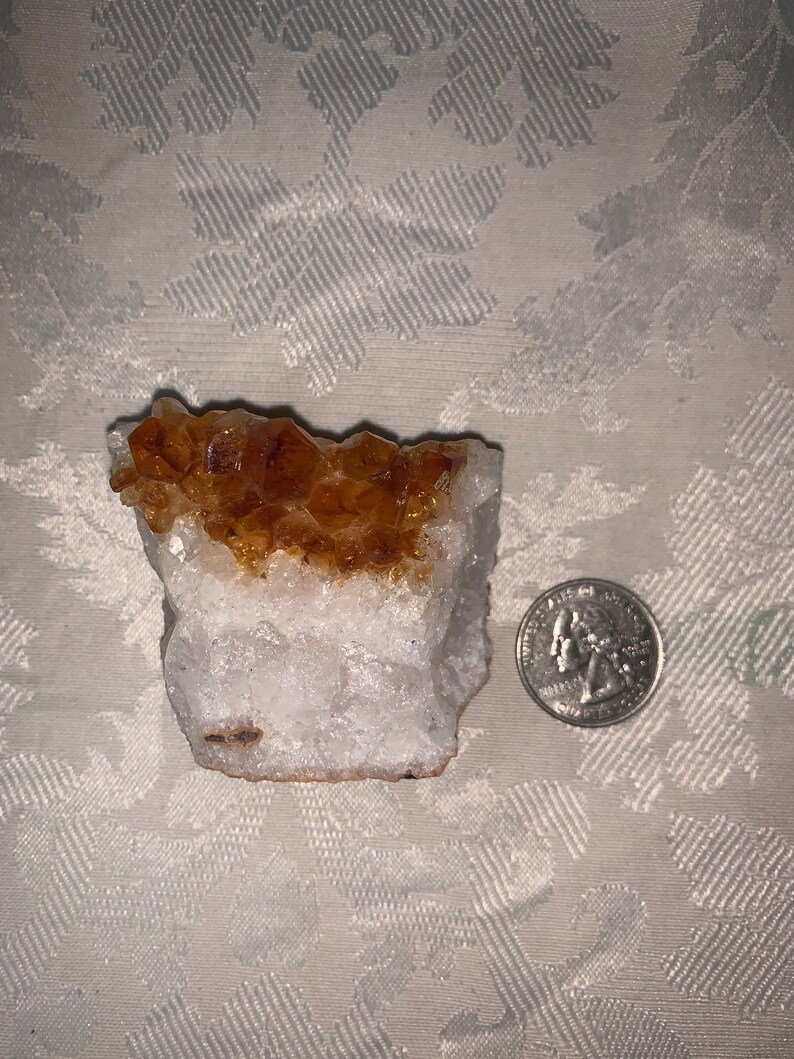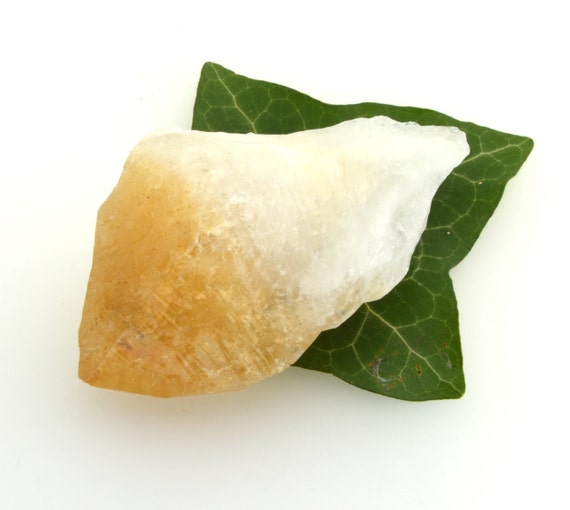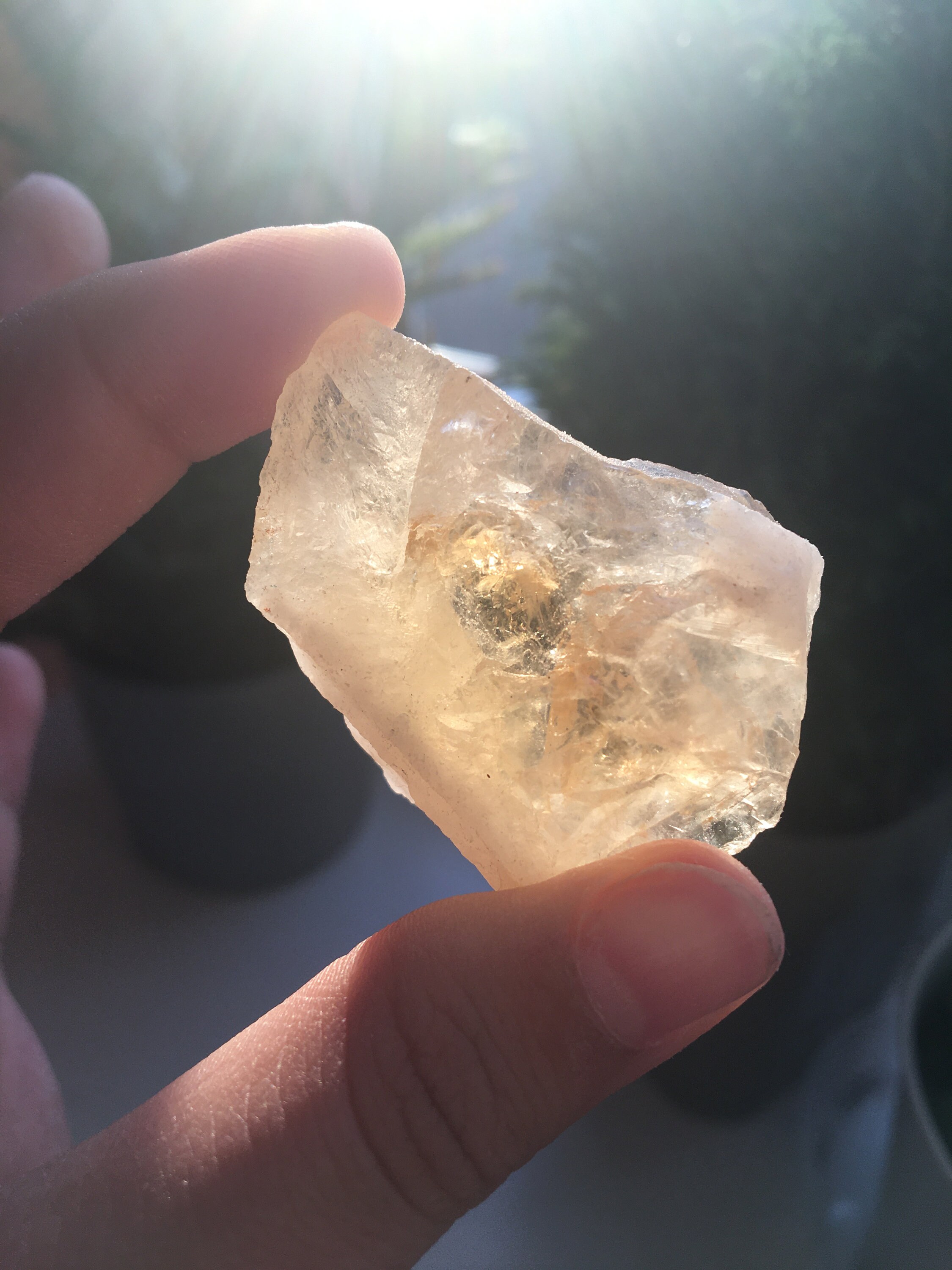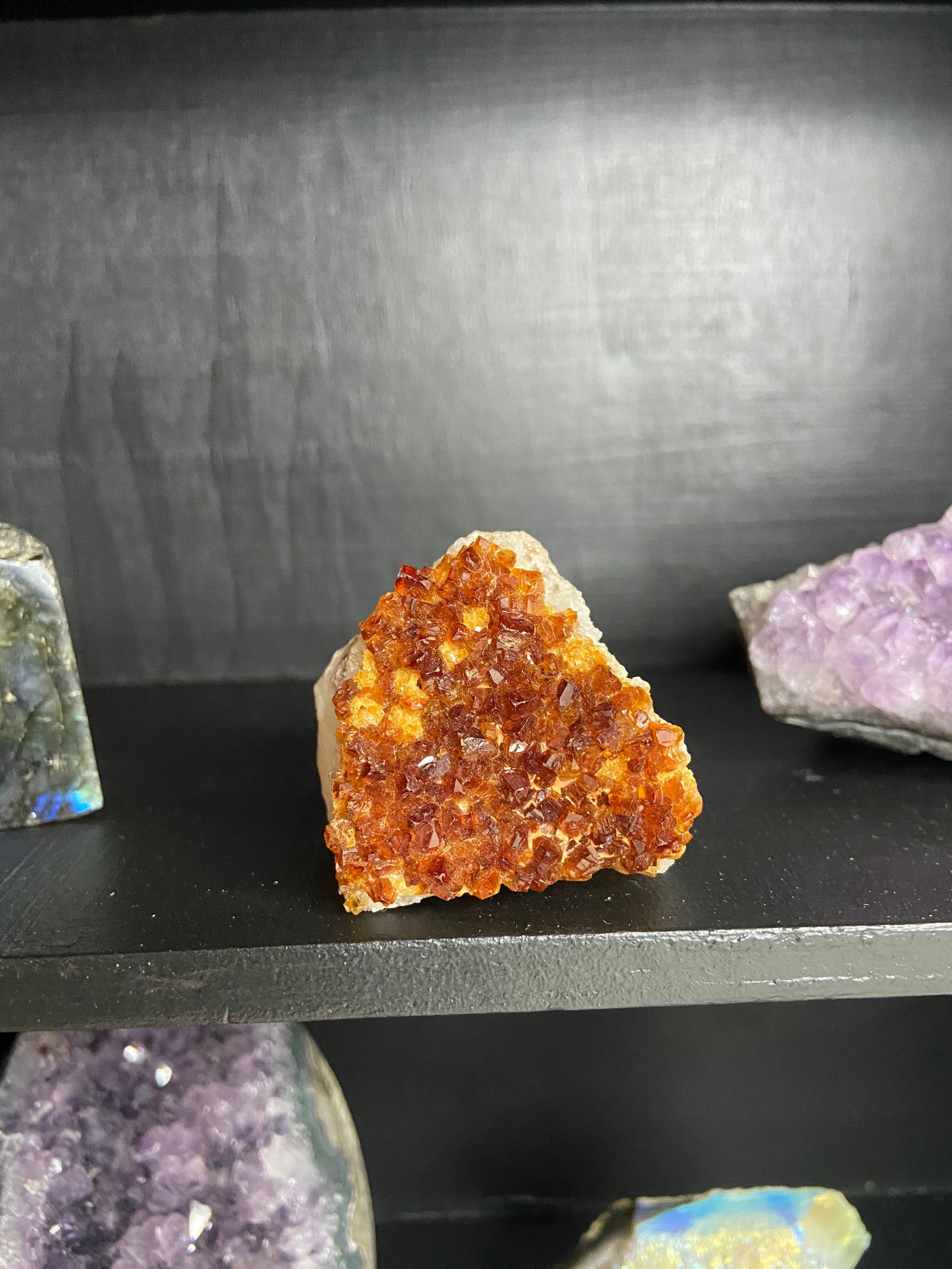
The yellow color hues variation in Pukhraj stone is because of the presence of iron, chromium, and vanadium impurities.

The color in yellow sapphire ranges from lush and deep yellow to pale yellow which largely determines its overall value. Yellow sapphire stone is also known as parti-color sapphires as sapphires other than blue color are denoted by this term. Like blue sapphire, it also belongs to the corundum family and is highly revered and embraced by people across the world to pull prosperity, frisk, and luck by their side as well as cater to their fashion needs. We have your natural Real Citrine and your vibrant heat-treated Citrine stones at Satin Crystals.Yellow sapphire, principally known as Pukhraj stone in India, sometimes referred to as Jupiter stone, is one of the most scintillating and striking yellow color gemstones in existence known for its gobsmacking healing benefits and monumental value. If it works for you, that's the most important part of healing! Where can I buy real Citrine? However, if you are working specifically with the energy of raw, unaltered stones, you are a crystal purist and you will want to hunt down and pay the price for natural Citrine which is much pricier than heated Citrine.Įxperiment and come to your own conclusions on heat-treated Citrine. If you are already working with polished stones, carved stones, or tumbled stones, you realize that they have been manipulated from their raw state. Just like any other crystal that has been altered, it is up to you as the healer to determine your preferences. Whether it was heated by Mother Nature or humans, this yellow crystal vibrates with the Solar Plexus chakra and prosperity energy. Heat-treated Citrine is still considered Citrine when doing energy healing work. The natural colors of Real Citrine start to fade in heat over 200 degrees Celcius and will turn yellow again if irradiated.Ĭan I use heat-treated Citrine in healing?


Heat-Treated Citrine is often found in clusters because it is heated from Amethyst geodes. If it is heat-treated, your raw Citrine may become more crumbly and weak by the heating process whereas natural Citrine is relatively stable. If it is heat-treated, the color can be more orange or red than natural Citrine which is in the pale to dark yellow range.

Meanwhile, natural Citrine has a more uniform yellow color throughout the crystal. If it is heat-treated, the yellow colors will be more intense at the tips and you will see the white Quartz at the bottom of the crystal. Here is a brief overview of heat-treated Citrine vs real or natural Citrine: The next best thing? Find a reputable seller who knows what they are selling you! The only way to know for sure if your Citrine is naturally heated in the earth (rather than by humans) is to skillfully mine it yourself or send your stone to a certified laboratory for testing. How do you know if your Citrine is heat-treated? If you find real Citrine, expect to pay a premium price. Real Citrine is rare and expensive, which is why heat-treated Citrine is so abundant.


 0 kommentar(er)
0 kommentar(er)
